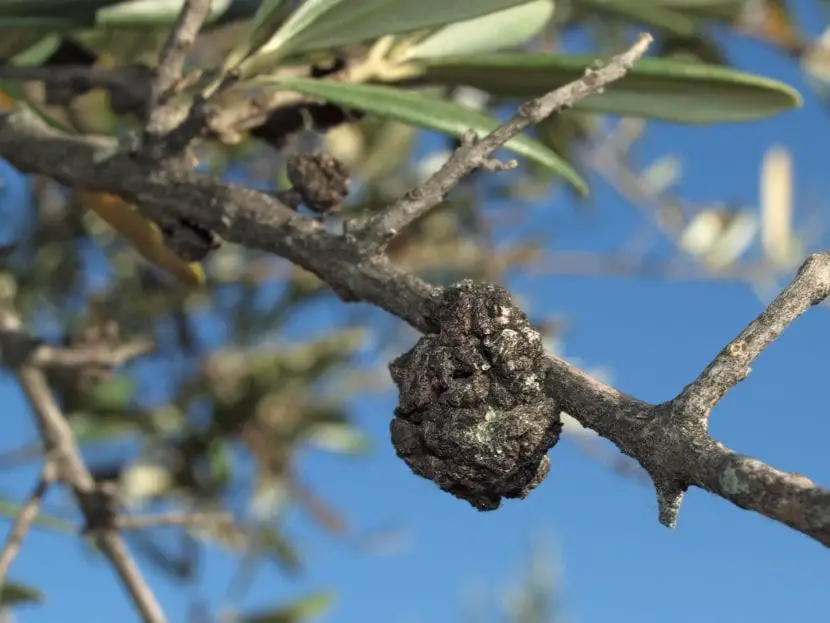

Image – Wikimedia / Luis Fernández García
Although plants of Mediterranean origin are usually very resistant to pests and diseases, sometimes they cannot do much against some microorganisms. And it is that, for example, olive tree tuberculosis it is an increasingly frequent problem.
But do not worry: Knowing how it develops, the symptoms and of course the treatment will be of great help to learn how to minimize the risk of your crops falling ill. So let’s go.
What is it?
It is a disease caused by bacteria Pseudomonas syringae subsp. savastanoiwhich enters the plant through open wounds. Once it gets there, it begins to multiply rapidly, giving rise to tumors, warts or growths that form anywhere (trunk, leaves, branches, leaves, fruits, and even roots).
What are the symptoms?
Symptoms of olive tree tuberculosis are the following:
- Slowdown in the rate of growth
- Defoliation (premature leaf fall)
- Flower abortion
- Reduction of the production and quality of the fruits
- In very serious cases, death
How is it treated?


Prevention
The bacteria remains much more active in autumn and spring, so preventive treatment must be carried out all year round, but especially in these months.
For this, what we will do is spraying the entire plant with copper-based fungicides once every 15-20 days.
Band Aid
There is no cure for olive tree tuberculosis. What is important is cut the affected parts and treat it with copper oxychloride or tribasic copper sulfate.
In any case, the best thing is, not only prevention, but also to choose specimens that are healthy. Thus, it will be very difficult for them to get sick.
I hope it has been useful to you .

